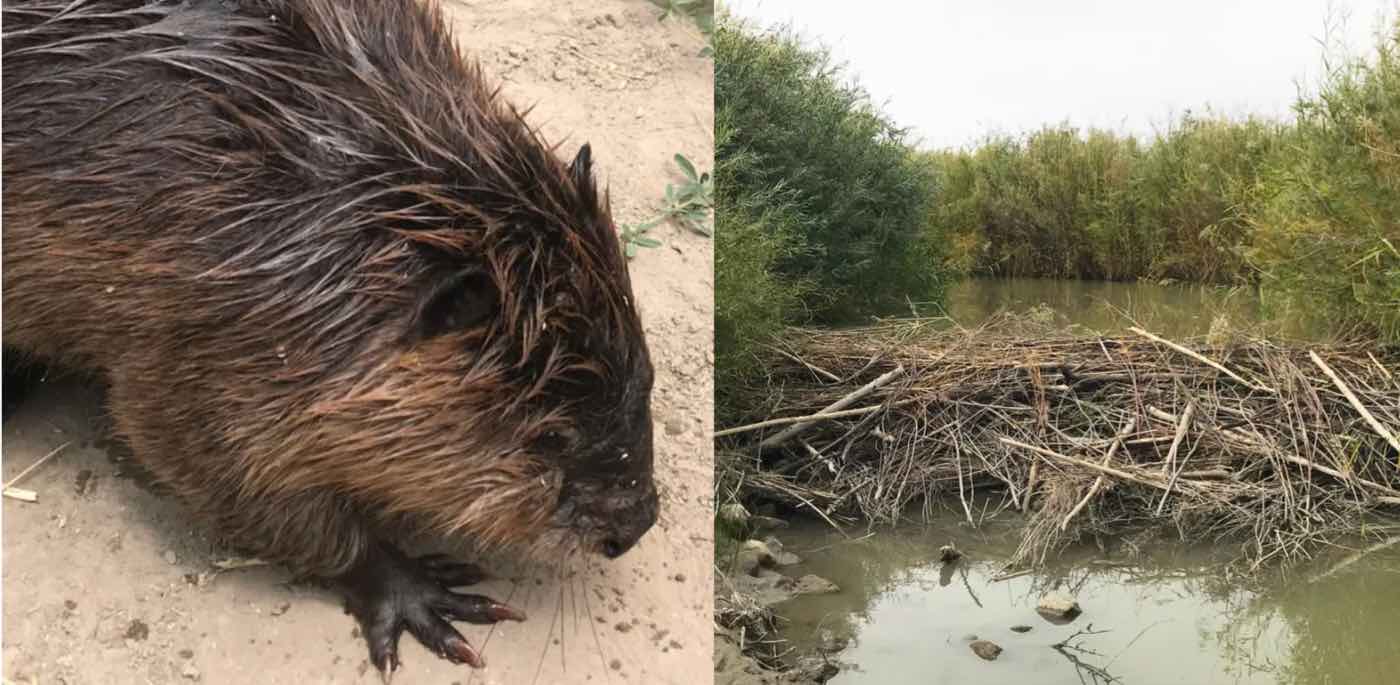First transplant of a pig heart into human patient

On Friday Jan. 7, 57-year-old Maryland man David Bennett received the first heart transplant from a genetically modified pig.
This was Bennett’s only chance, since he was not eligible for a human heart transplant and his situation was critical. “It was either die or do this transplant. I want to live. I know it’s a shot in the dark, but it’s my last choice,” Bennett said before his surgery.
Despite doctors having said it is still early to know if the operation has been successful, this is a great advance for life-saving transplants. As of Jan. 12, Bennett continues to recover and doctors are monitoring his heart and his progress. “He realizes the magnitude of what was done,” Bennett’s son, David Bennet Jr. said.
Kangaroo saved from drowning, lifeguard performs her first ever rescue
Rookie lifeguard Lillian Bee-Young performed her first ever rescue on Jan. 4, after seeing how a kangaroo jumped off the rocks on the coast of New South Wales, Australia.
Her coworker and her were at work when they saw an eastern grey kangaroo jumping across rock pools and later, dunking into the ocean water.
Although Bee-Young didn’t know exactly what to do at first, she managed to keep the marsupial’s head above water and got it safely to the shore.
“It was quite special. There were people cheering and clapping… and then [the kangaroo] was just sitting there up in the bushes, almost, I thought, as a thank you,” Bee-Young said.
Relocated beavers improve Utah desert’s habitat

Utah State University Emma Doden relocated beavers in parts of Utah where their dams could be beneficial for the habitat’s diversity and protection. These beavers, if not relocated, would have been euthanized.
Utah State University has a program for catching and relocating beavers to the desert. “The ultimate goal is to get them to build dams,” Doden said. “The dams are what are going to increase habitat complexity and restore water.”
This program is supported by studies showing that beaver dams can help keep waterways clean, no matter the conditions of sedimentation, and they can also protect ecosystems from droughts.




